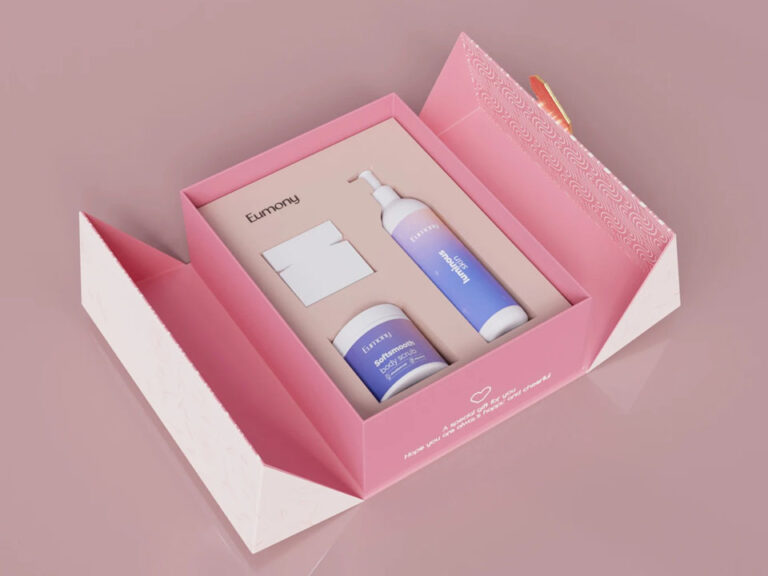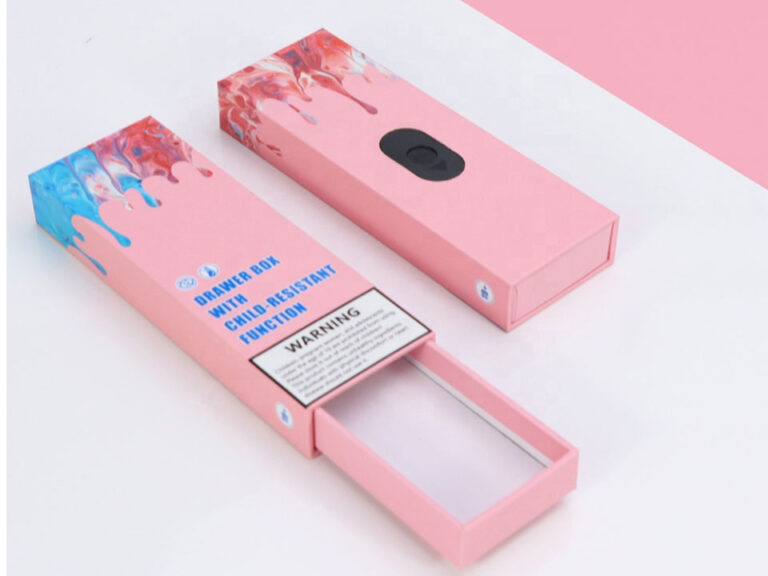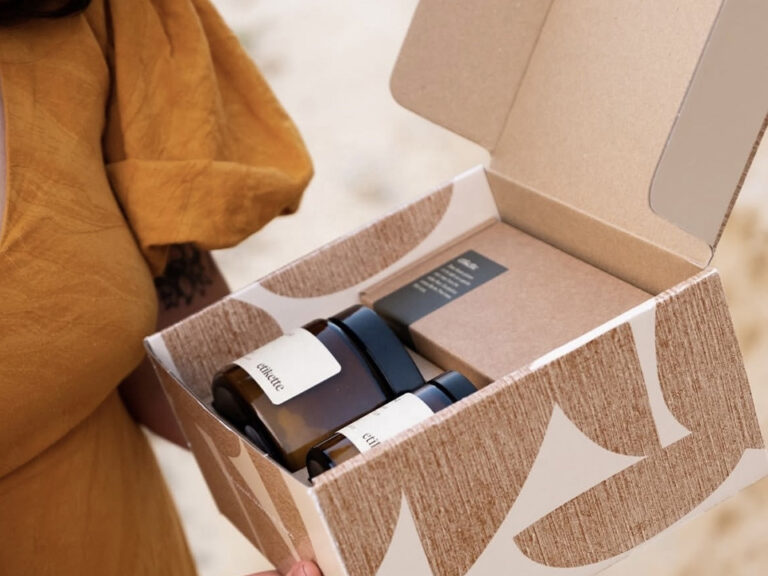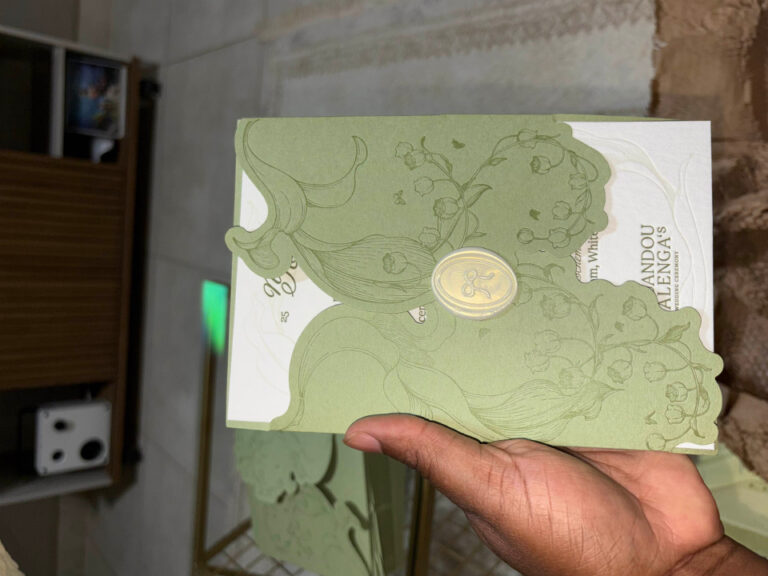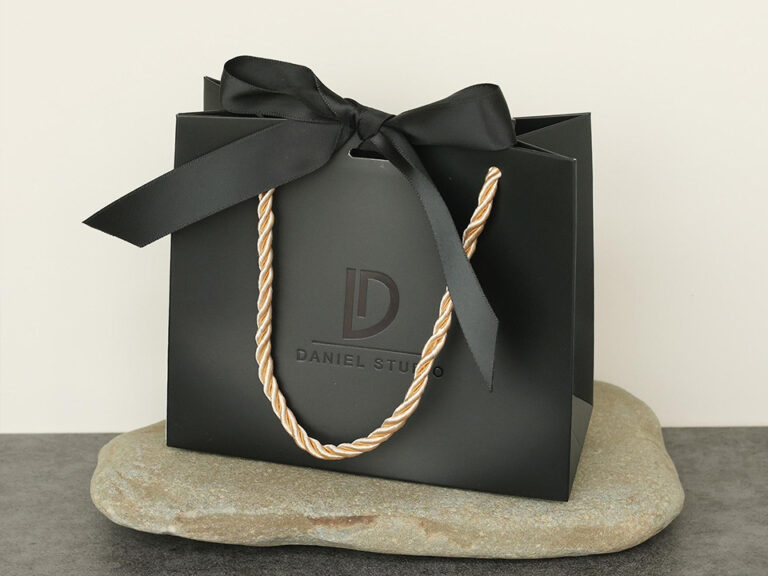大麻産業における持続可能なパッケージングの未来
If I were your cannabis box, I’d take a deep recycled-paper breath and say: I’m not just a container—I’m your handshake with the planet. The industry is growing up fast, and the next big edge isn’t louder graphics, it’s smarter, cleaner packaging that protects product, people, and place. Here’s where sustainability is really heading—and how your brand can get there without losing shelf power.
目次
Why sustainability is moving from “nice” to necessary
Customers feel enviromental effort in the hand: lighter boards, fewer laminations, clear disposal cues. Retailers see fewer damages and easier stocking. Regulators care that packs are child-safe and label-clean. The winning future blends all three—performance, protection, and planet—inside a disciplined system of mono-material choices, right-sized structures, and honest claims. If you need a category starting point, scan modern 大麻包装 archetypes and build from there.

Principle 1: Design for real recycling
Keep materials simple and separable. Prefer fiber-first bodies with minimal plastic parts, water-based coatings, and controlled ink coverage so recovery streams actually accept your pack. Where safety rules apply, choose mechanisms engineered for gentle, two-step opening inside 子供用パッケージ rather than brute-force locks that seniors dislike.
Principle 2: Right-size or bust
Oversized boxes ship air, crowd shelves, and feel wasteful. Right-sizing cavities and inserts cuts damage and emissions while improving the unboxing flow. Cylindrical formats in 紙管包装 and flat profiles in 折り畳みカートン deliver structure without heavy board bloat. It just make sense.
Principle 3: Product protection is sustainability
Good “green” keeps the goods green. Flower and concentrates are sensitive to oxygen, light, and heat—so layer barriers smartly (jar or blister + fiber outer) to preserve terpenes, aroma, and potency. Explore snug, low-rattle systems in 濃縮包装箱 where inserts protect jars and labels stay readable.
Principle 4: Senior-friendly ≠ less safe
The future is kinder safety: hard for kids, simple for grown-ups. Two-step motions (press-and-slide), tactile nubs, and biggish type win in stores and at home. Standardize the opening logic across your line so once customers learn it, everything feels more better and faster.
Principle 5: Serialization & clarity without clutter
Track-and-trace will keep expanding. Reserve a clean “tech zone” for batch info, codes, or discreet NFC—away from warnings and branding. Legibility is part of sustainability: fewer misreads, fewer returns, fewer wasted shipments.
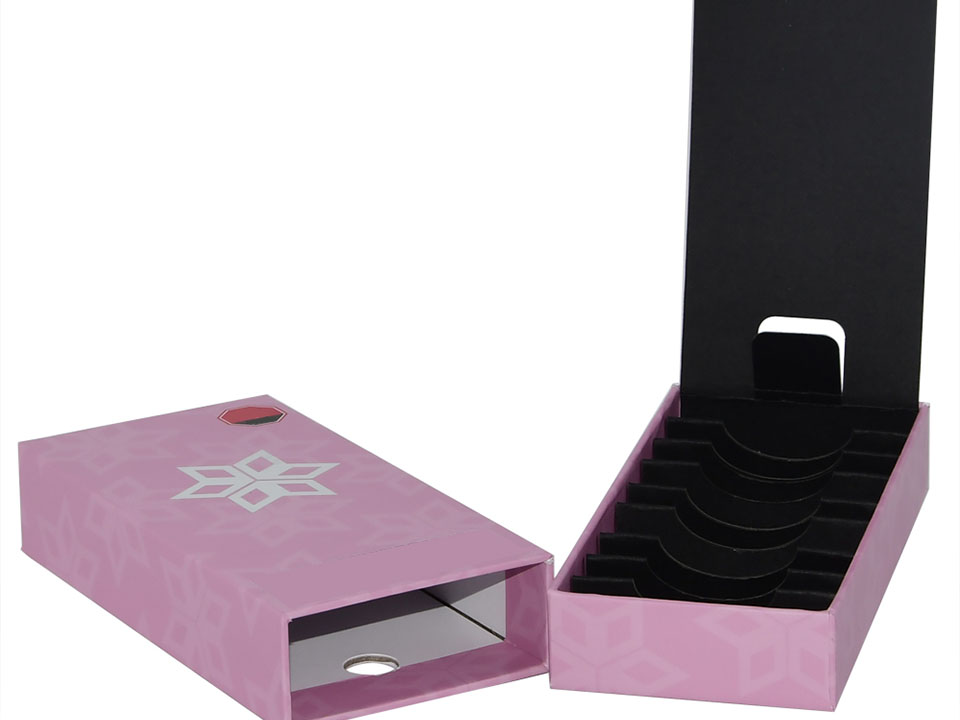
Materials that are actually working
- Fiber boards with water-based coats: crisp print, easier end-of-life.
- Minimal laminates: use sparingly for effect, not everywhere.
- Recycled or renewable content where it doesn’t compromise structure.
- Low-ink panels near disposal icons to reduce confusion.
For credible eco-forward builds with safety baked in, see next-gen options like 生分解性濃縮ボックス alongside lockable extract formats.
Omnichannel: ship, shelf, repeat
E-comm and delivery aren’t going away. Your inner pack should travel in a protective outer that’s tough, brandable, and sized right. Fewer fillers, fewer dents. Start with プリント段ボール箱 tuned to your inner dimensions so the story continues door-to-door.
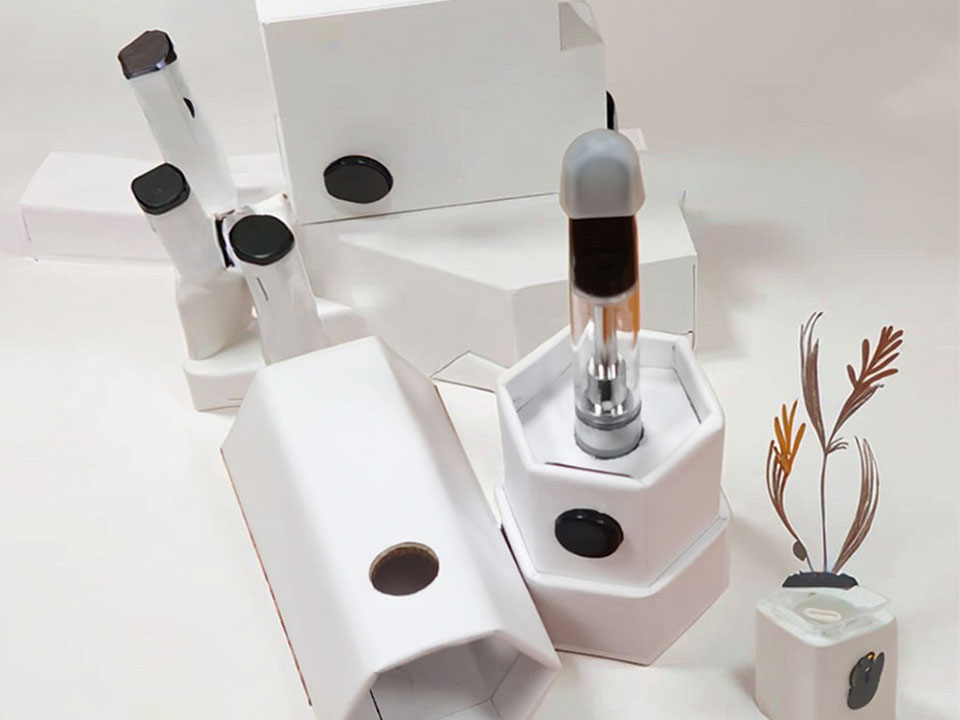
How to start
- Map your current materials, then kill one laminate or film layer immediately.
- SKU間でボード重量を標準化し、調達を簡素化する。.
- Choose one opening logic for all formats (press-and-slide or tab-and-pull).
- Add a clear disposal line and a tiny “how to open” cue—two verbs, one arrow.
- 実際のユニットと実際のユーザー(手袋、暗い場所、冷たい手)を使ってのパイロット。.
- 60~90日間、損害/返品を追跡し、スケーリング前にインサートを調整する。.






